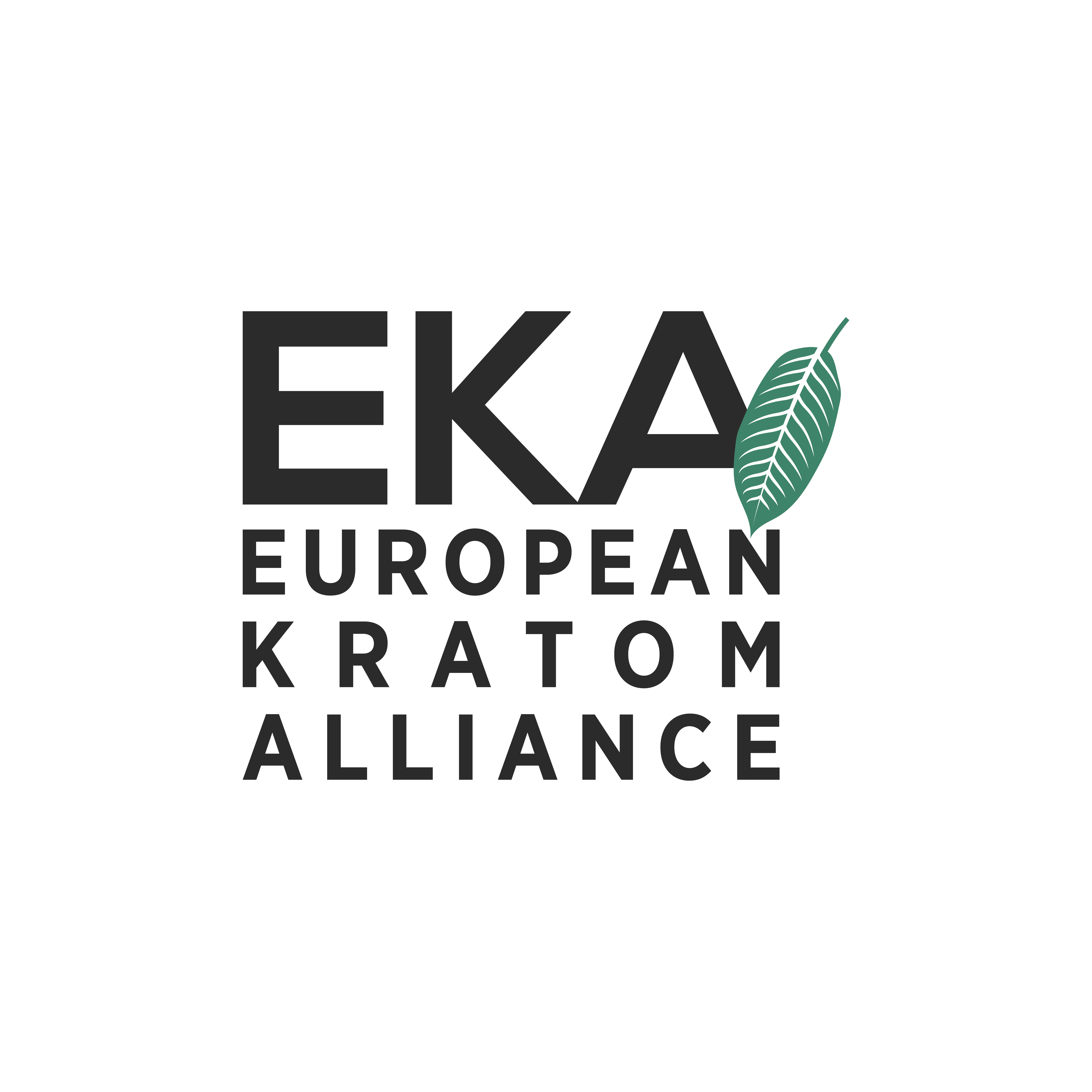Kratom, also known as Mitragyna speciosa, is a tropical tree found in Southeast Asia, particularly in Thailand, Indonesia, and Malaysia.
It has been used for centuries by indigenous cultures in these regions for its medicinal and psychoactive properties.

In traditional use, Kratom leaves are typically chewed fresh or dried, or brewed into a tea. The effects of kratom are dose-dependent, with lower doses producing stimulant effects, and higher doses producing sedative effects.
Medical Purposes – In Southeast Asian countries, Kratom has been used for a variety of medicinal purposes, including pain relief, diarrhea, cough, and to increase energy and stamina for manual labor. It has also been used to manage opiate addiction, as Kratom contains alkaloids that bind to the same receptors as opiates, providing similar effects without the dangerous side effects associated with opiate use.
Spiritual Practices – Kratom has also been used in traditional spiritual practices, particularly in Thailand, where it is believed to have supernatural powers. Kratom leaves are often used in spiritual ceremonies to communicate with ancestors or spirits, or to ward off evil spirits.
Recreational Use – In addition to its medicinal and spiritual uses, Kratom has also been used recreationally in Southeast Asia. In Thailand, it was historically used by laborers to improve their productivity and mood, and by farmers as a substitute for opium. Today, Kratom is often used in social settings or as a substitute for alcohol or other drugs.
Concerns of safety and potential abuse – Despite its long history of traditional use, Kratom has recently come under scrutiny in many countries due to concerns about its safety and potential for abuse. However, many advocates for Kratom argue that it is a safe and effective alternative to prescription painkillers and other drugs with high potential for addiction and abuse. They point to the long history of traditional use in Southeast Asia, as well as numerous anecdotal reports of its benefits in managing pain, anxiety, and depression.
In Conclusion – Kratom has been used for centuries in traditional medicine and spiritual practices in Southeast Asia. Its effects vary depending on the dose, with lower doses producing stimulant effects and higher doses producing sedative effects. While kratom has a long history of safe use in traditional contexts, it has recently come under scrutiny in many countries due to concerns about its potential for abuse and addiction. Nevertheless, many advocates for kratom continue to support its use as a safe and effective alternative to prescription painkillers and other drugs.

